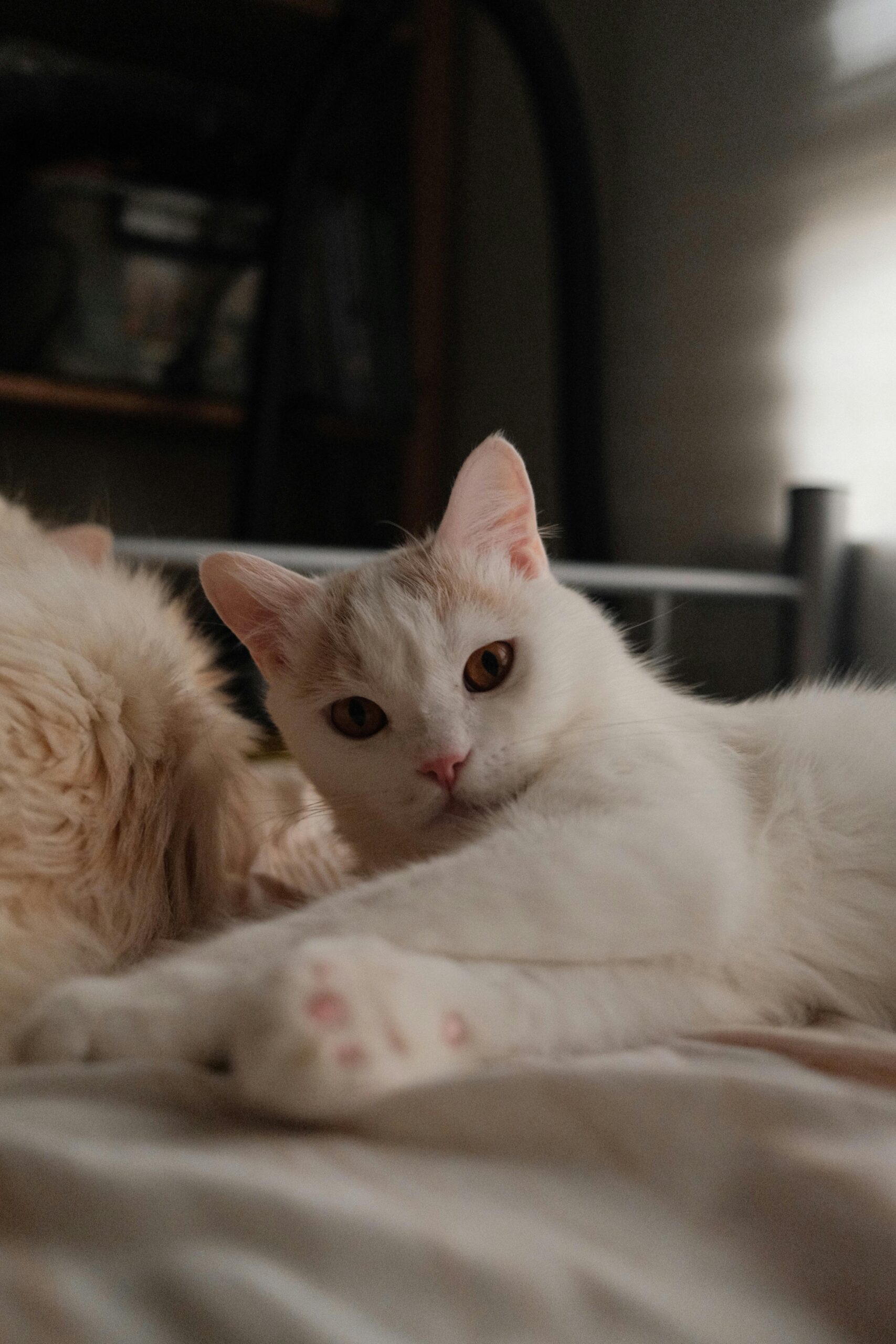How To Save Money On Pet Expenses
Saving money on pet expenses isn’t just a savvy financial move; it’s also a way to ensure your furry friends continue to receive the love and care they deserve without breaking the bank. In this article, you’ll discover practical and effective strategies to cut costs on everything from vet bills and food to toys and grooming. Whether you’re a new pet owner or a seasoned pet parent, these tips will help you manage your pet’s needs more efficiently while still providing a happy, healthy life for your loyal companions.
Have you ever wondered how you could save a little more money on your pet’s expenses without compromising their care? Owning a pet brings a myriad of joys into your life, but along with it comes financial responsibility. Whether you have a rambunctious pup, a laid-back cat, or an assortment of other furry friends, the costs can add up quickly. But don’t worry, you’re in the right place to learn some useful tips on how to save money while still giving your pets the best care possible.

Understanding Pet Expenses
Before diving into the money-saving strategies, it’s essential to have a good grasp of the common expenses associated with pet ownership. By understanding these costs, you’ll be better equipped to find ways to reduce them.
Common Pet Expenses
Food
Food is one of the primary expenses for any pet owner. The cost can vary based on the type of pet, the brand of food, and the pet’s dietary needs. For example, a dog or a cat will generally incur more food costs than a small rodent or a fish.
| Pet Type | Monthly Food Cost |
|---|---|
| Dog | $30 – $100 |
| Cat | $20 – $60 |
| Small Mammals | $10 – $20 |
| Fish | $5 – $10 |
Veterinary Care
Routine and emergency veterinary care can be costly. Yearly health check-ups, vaccinations, and treatments for any sudden illnesses can also impact your budget.
Grooming
Depending on your pet’s breed and fur type, grooming can be another significant expense. While some pets need minimal grooming, others require regular professional grooming sessions.
Toys and Accessories
Toys, bedding, leashes, cages, and other accessories are not generally considered essentials but can enhance the quality of life for your pet. These items can add up quickly if you aren’t careful.
Pet Insurance
Consider whether or not to buy pet insurance. It can seem like an unnecessary cost, but in the long run, it might save you money by covering hefty emergency veterinary bills.
Strategies to Save Money on Pet Expenses
Now that you have a clearer picture of where the expenses are coming from, let’s talk about strategies you can use to save money. There’s no one-size-fits-all approach, so feel free to adapt these tips to your situation.
Adopt, Don’t Shop
Adopting a pet from a shelter instead of buying one from a pet store or breeder can save a significant amount of money. Adoption fees are generally lower, and the pets often come vaccinated and spayed/neutered, saving you those initial costs.
Buy in Bulk
Buying pet food and other essentials in bulk can be more cost-effective in the long run. Shopping at stores with loyalty programs or online platforms that offer discounts for bulk purchases can save you quite a bit of money.
DIY Pet Toys
Store-bought toys can be expensive, so why not make them yourself? There are numerous DIY ideas available online. Plus, you can use household items you already have, which makes it more economical and eco-friendly.
Compare Veterinary Prices
Just like shopping for a car or a home, you should compare prices for veterinary services. Different clinics can have varying rates for the same procedures. Ensure you check reviews and choose a vet that offers a balance of quality care and affordability.
Preventative Care
An ounce of prevention is worth a pound of cure. Regular grooming, proper diet, and fixed yearly vet visits can help catch any potential issues early and avoid more expensive treatments later on.
Homemade Pet Food and Treats
You can cut down on costs by making your own pet food and treats. Ensure you consult your vet for a balanced meal plan that’s appropriate for your pet. Homemade food often costs less than store-bought options and can be healthier for your pet.
Effective Budget Management
Being mindful of your budget and planning ahead can help you manage pet-related expenses more effectively. Here are some specific tips to keep you on track.
Create a Pet Budget
Start by noting down all the potential expenses for your pet. Include estimated costs for food, vet care, grooming, toys, and any other necessities. This breakdown will help you to see where you might be able to cut costs.
Set Up an Emergency Fund
Having an emergency fund specifically for your pet can save you from financial strain if unexpected expenses arise. Aim to set aside a small amount each month until you reach a comfortable buffer.
Use Coupons and Discounts
Don’t underestimate the power of coupons and discounts. Keep an eye out for sales, use manufacturer coupons, and sign up for newsletters from your favorite pet supplies stores. Every little bit helps!
Online Resources and Communities
The internet is a treasure trove of information and communities where you can find advice, deals, and support related to pet care.
Online Forums and Social Media Groups
Participate in online forums and social media groups dedicated to pet owners. These communities often share valuable tips, discount codes, and recommendations for affordable products and services.
Subscription Services
Look into subscription services for pet food and supplies. These services often offer products at a reduced rate, and you can customize your plan based on your pet’s needs.

Cutting Down on Medical Expenses
Veterinary care can be one of the most significant expenses for pet owners. Here’s how you can reduce costs without compromising the health care your pet needs.
Regular Check-Ups
Maintaining a schedule for regular check-ups can help detect issues early, reducing the need for more costly treatments down the line.
Vaccination Clinics
Some local animal shelters and non-profit organizations offer low-cost vaccination clinics. These clinics can save you money on routine shots and basic healthcare services.
Home Remedies and Over-the-Counter Medicine
For minor issues, you can use home remedies or over-the-counter pet medications. However, always consult your vet before administering any treatment to ensure it’s safe and appropriate for your pet.
Grooming and Maintenance
Regular grooming and maintenance are essential to your pet’s well-being and can be quite costly if not managed wisely.
Do-It-Yourself Grooming
Invest in some basic grooming tools like brushes, nail clippers, and shampoo. With a little practice, you can handle many grooming tasks yourself, saving you the cost of professional services.
Scheduled Grooming
If your pet requires professional grooming, try to schedule appointments less frequently or opt for minimal grooming packages. For instance, ask for a simple trim instead of a full grooming session.

Conclusion
Saving money on pet expenses doesn’t mean you have to compromise on the quality of care you provide. By adopting some of these money-saving strategies, you can keep your pet happy and healthy while being mindful of your budget. Remember, being resourceful and staying informed are key to managing pet expenses efficiently. Happy saving!
